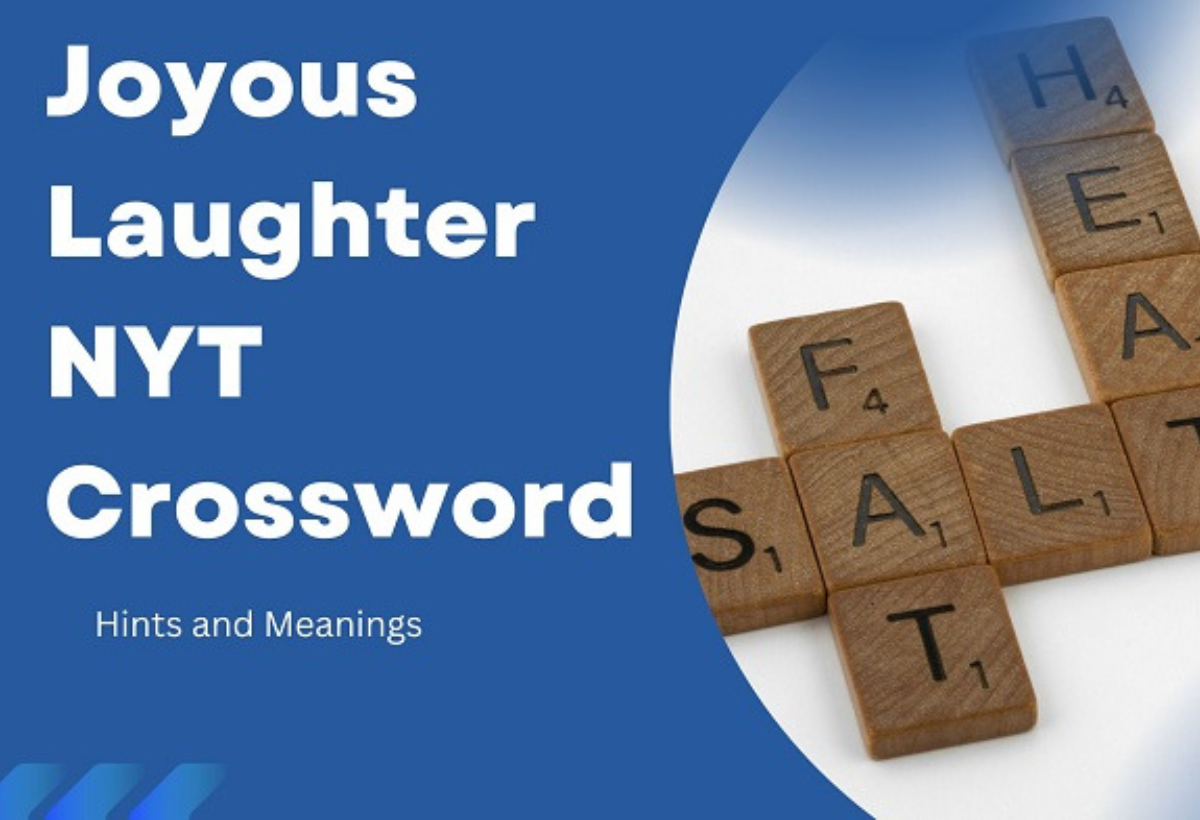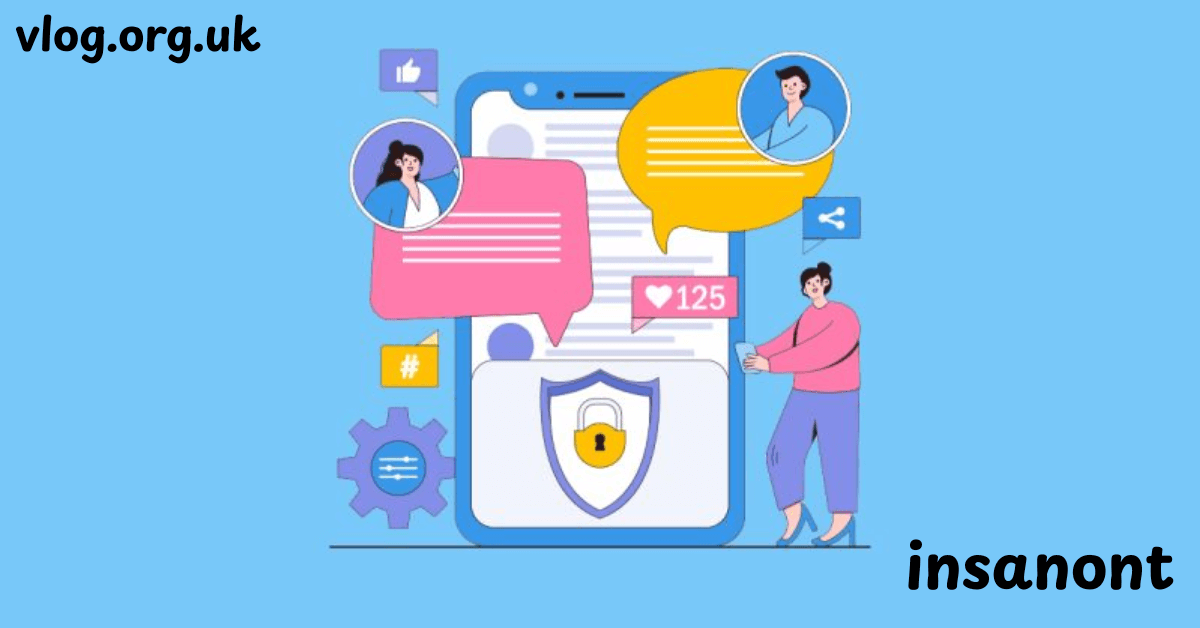
What is Joyous Laughter?
Joyous laughter is more than just a sound. It’s a spontaneous human response—a universal language of happiness, connection, and relief. When someone laughs joyously, it’s a moment of unfiltered bliss that binds people, energizes moods, and lights up even the darkest days. It transcends culture, age, and language barriers.
Philosophers and scientists alike recognize joyous laughter as a social and biological phenomenon. From the dopamine and endorphins it releases, to its ability to build bridges across cultures, joyous laughter is deeply rooted in our human fabric. In a world saturated by stress, this instinctive, feel-good reaction reminds us what it means to live fully.
The Nature of Joyous Laughter
Laughter, especially joyous laughter, is often triggered by a delightful surprise, a clever twist, or an emotional release. It can occur during a heartfelt conversation, a comedic performance, or while solving a witty NYT Crossword clue. Joyous laughter isn’t forced—it flows naturally, like music from the soul.
Scientists define this kind of laughter as a “social lubricant.” It reduces friction, enhances empathy, and sparks shared joy. It’s the kind of laughter you feel in your chest, not just hear. It uplifts, comforts, and restores our faith in human connection.
The Physiology of Laughter
When you laugh, your brain releases a cocktail of feel-good neurotransmitters—dopamine, serotonin, and endorphins. These chemicals immediately boost mood, reduce stress hormones like cortisol, and elevate overall well-being. A single burst of laughter can spark cardiovascular activity, increase oxygen flow, and engage multiple muscle groups.
Laughter also enhances immune system performance. Scientific studies show that regular bouts of genuine laughter strengthen antibody production and activate T-cells, making us more resilient to illness. It’s a workout for the soul and the body.
Laughter as a Social Connector
Across time zones, cultures, and belief systems, joyous laughter has served as a powerful form of nonverbal communication. Whether in a bustling New York Times newsroom or a small classroom in Tokyo, laughter instantly brings people closer.
Social bonding through laughter isn’t just anecdotal—it’s biological. Studies confirm that people who laugh together build deeper relationships and stronger communities. It’s an evolutionary trait that has helped humans cooperate, connect, and coexist.
The Role of Laughter in Relationships
Couples who laugh together, stay together. Laughter creates emotional expression and intimacy, acting as a gentle buffer during conflicts. It diffuses tension, encourages vulnerability, and opens the door to empathy.
In friendships, laughter acts like glue. It creates shared memories, eases awkward silences, and turns mundane moments into lifelong stories. Whether over brunch or while solving the Joyous Laughter NYT crossword clue, laughter keeps relationships thriving.
The Cultural Significance of Joyous Laughter
From ancient Greek comedies to modern TikTok trends, joyous laughter has always played a role in cultural expression. It reveals what a society values, fears, and dreams about. In every form—slapstick, satire, irony—humor opens windows into collective consciousness.
Laughter traditions like stand-up comedy, parody, and satire reflect deeper societal truths. Across generations, joyous laughter has served as a coping mechanism, an outlet for rebellion, and a celebration of shared humanity.
Joyous Laughter in Literature and Media
From Shakespearean jesters to late-night comedy hosts, literature and media use laughter as a transformative device. Joyous laughter in media boosts viewer engagement, lifts moods, and drives home important messages with ease.
Media & entertainment platforms like Netflix, YouTube, and The New York Times offer comedic materials and light-featured columns that fuel our daily doses of joy. This kind of content activates our emotional intelligence and fuels resilience.
The Importance of Finding Joyous Laughter in Daily Life
Incorporating laughter into daily routines is not just helpful—it’s essential. Between work, obligations, and responsibilities, laughter reconnects us with play, spontaneity, and optimism.
Joyous laughter cultivates a positive environment, increases productivity, and fosters mental clarity. Making room for humor—even in serious spaces—reframes challenges and boosts morale.
Practical Ways to Incorporate More Laughter
Laughter yoga, comedy clubs, light reading, humorous podcasts—these are just a few avenues to invite more laughter into your life. Engage in activities that spark amusement: play games, watch comedies, or share memes on social media.
Build habits around laughter. Start your day with a funny video. End it by reading a light-featured column from The New York Times. Replace scrolling with smiling. Let laughter become your daily ritual.
History of Joyous Laughter NYT
The phrase “Joyous Laughter NYT” became a cultural touchstone after appearing as a crossword clue in the New York Times. For many, it stood out not just for its wit but for its unexpected emotional depth. It was more than a puzzle—it was a shared moment of recognition.
The NYT Crossword has long been a cultural icon, blending intellect with entertainment. This particular clue sparked waves across crossword communities, social media, and even news columns, elevating laughter from a casual topic to a celebrated theme.
Joyous Laughter NYT Crossword
The New York Times Crossword is renowned for clever phrasing, cultural references, and wordplay. When “Joyous Laughter” appeared as a clue, solvers paused—not just to find the answer, but to smile.
Solving the Joyous Laughter NYT crossword clue connected users worldwide, sparking discussions on forums and social platforms. It proved that laughter—even in textual form—unites minds and lifts spirits.
Tips for Resolving Joyous Laughter NYT Crossword Clue
First, think broadly. Joyous laughter can be expressed in words like “guffaw,” “chuckle,” “giggle,” or “roar.” Consider the number of spaces, surrounding letters, and theme of the puzzle.
Look for puns or double meanings. The NYT often plays on idioms or popular sayings. Online crossword communities like Rex Parker and Wordplay often discuss such clues in detail—turn there for hints if needed.
The True Nature of Joyous Laughter NYT Crossword Clue
The clue reflects more than semantics—it mirrors life’s unpredictability. Sometimes, the answer to a heavy world is lightness. Through one small clue, The New York Times reminded us to pause, breathe, and laugh.
As crossword enthusiasts debated possible answers, many rediscovered the joy in simple pleasures. It wasn’t about solving the puzzle—it was about connecting with joy.
Impact of Joyous Laughter NYT
Since its appearance, the Joyous Laughter NYT clue has inspired blog posts, mental health campaigns, and even educational content. Its ripple effect shows how a single moment of humor can spark global inspiration.
Teachers have used it to explore emotional expression. Therapists reference it in discussions about laughter as therapy. It transcended crossword culture and became a wellness symbol.
Joyous Laughter in Difficult Times
In adversity, joyous laughter is an act of resilience. It provides relief, shifts perspective, and allows us to rise above. During crises—personal or collective—laughter becomes a silent rebellion against despair.
Whether through a joke, a comic strip, or a funny crossword clue, laughter is a torch. It helps us see in the dark and reminds us we’re not alone.
Laughing in Workplace
In the modern workplace, laughter boosts morale, increases productivity, and builds team cohesion. It creates a positive environment where creativity and communication flourish.
Companies that prioritize humor see better employee engagement and lower burnout rates. Laughter fosters innovation, reduces tension, and promotes collaborative problem-solving.
Laughter Durinrtainment Role
Media platforms are instrumental in delivering daily doses of laughter. Shows, podcasts, and comedic materials offer reliable escapes and emotional boosts.
Streaming platforms, social media, and newspapers like The New York Times ensure we’re never far from a smile. They provide culturally relevant humor that keeps audiences connected.
How to Welcome Joyous Laughter NYT
Welcome laughter with intention. Choose content that delights. Invite humor into conversations. Smile more often.
Create spaces for laughter—be it family dinners, virtual calls, or classroom discussions. Let laughter be part of your identity.
Applying Comedy to Everyday Situations
Turn traffic jams into karaoke sessions. Laugh off small annoyances. Approach mistakes with humor.
By reframing situations through laughter, we build resilience and stay lighthearted. Joyous laughter isn’t a denial of difficulty—it’s a tool to rise above.
Social Perspectives on Laughing
In many cultures, laughter is a sign of good manners, spirituality, or social bonding. Some see it as divine. Others, as essential to daily living.
Understanding these perspectives allows us to appreciate laughter’s depth. It’s not trivial—it’s transformational.
Final Thoughts on Joyous Laughter
Joyous laughter is powerful, healing, and timeless. It connects hearts, heals wounds, and energizes lives. Whether heard in a classroom, read in a crossword, or felt in a hug—it’s universal.
From dopamine and endorphins to deeper human connections, laughter is life’s gentle teacher. Let’s honor it. Celebrate it. Share it.
Frequently Asked Questions (FAQs)
What does Joyous Laughter NYT refer to?
It refers to a crossword clue that appeared in The New York Times, capturing attention for its joyful and meaningful phrasing.
How does laughter benefit physical health?
It boosts immunity, enhances cardiovascular function, reduces stress hormones, and improves oxygen intake.
Is laughter therapy effective?
Yes, studies show laughter therapy reduces anxiety, depression, and stress, while improving overall mood and resilience.
Why is laughter important in relationships?
Laughter fosters intimacy, communication, and trust, helping couples and friends bond more deeply.
Can I practice laughter daily?
Absolutely. Try watching a comedy, reading humorous content, or joining a laughter yoga class.
How does media support joyous laughter?
Media platforms provide entertainment, satire, and lighthearted content that encourages positive emotional expression.
What are the best ways to incorporate laughter into daily life?
Engage with funny media, connect with humorous friends, attend live comedy events, and be open to spontaneous fun.
Is laughter in tutoring effective?
Yes, humor in education improves engagement, memory retention, and student motivation.
What neurotransmitters are released during laughter?
Dopamine and endorphins, which improve mood and mental clarity.
How can I solve the Joyous Laughter NYT crossword clue?
Look for related terms like “giggle,” “chuckle,” “guffaw,” and use crossword forums for additional hints.
More Read Like:- Understanding Innovative Tech Ventures




